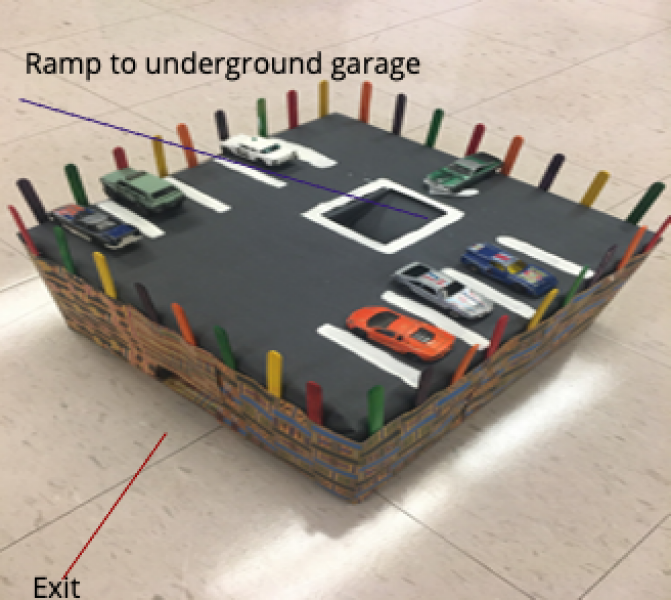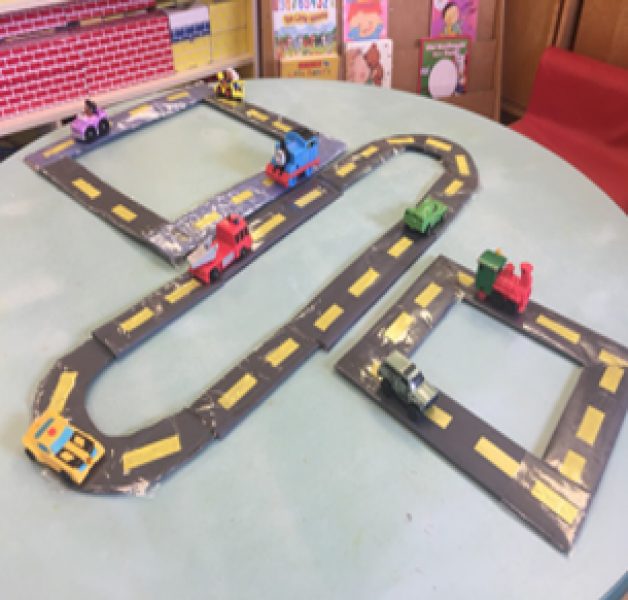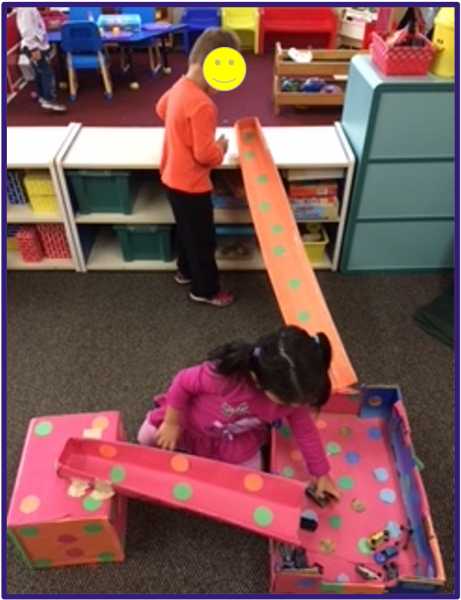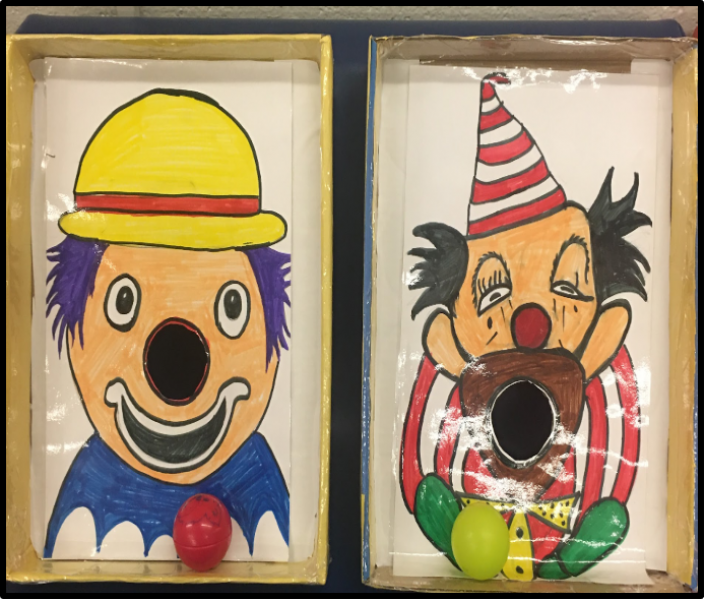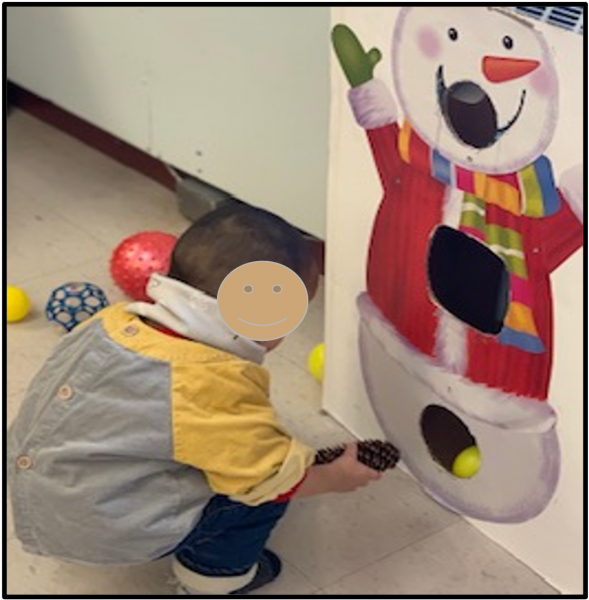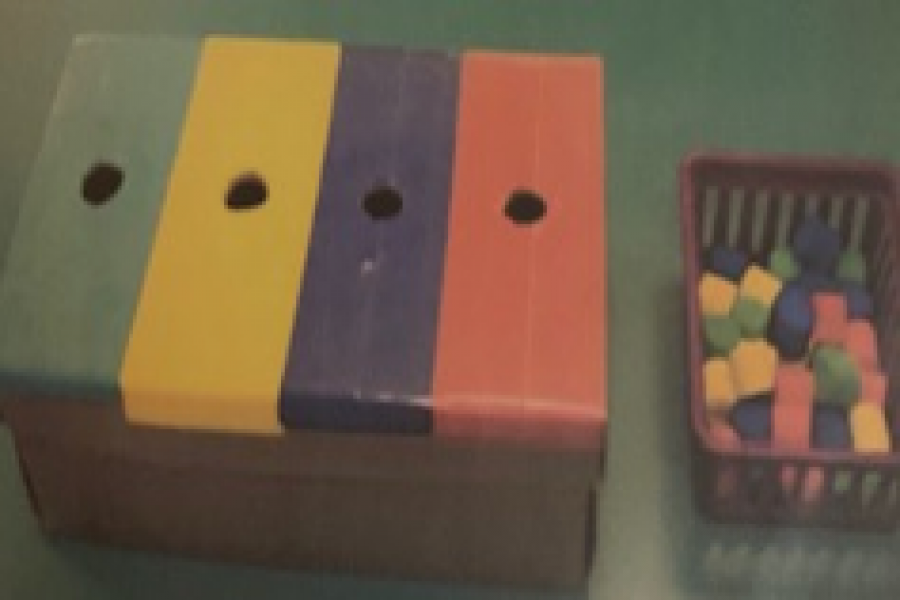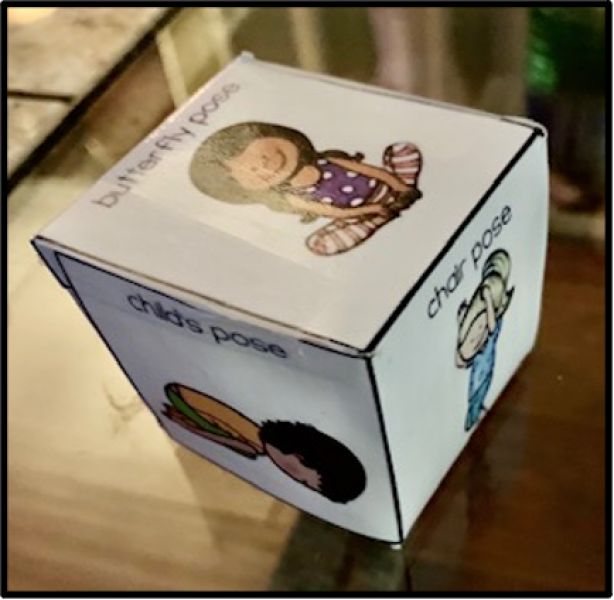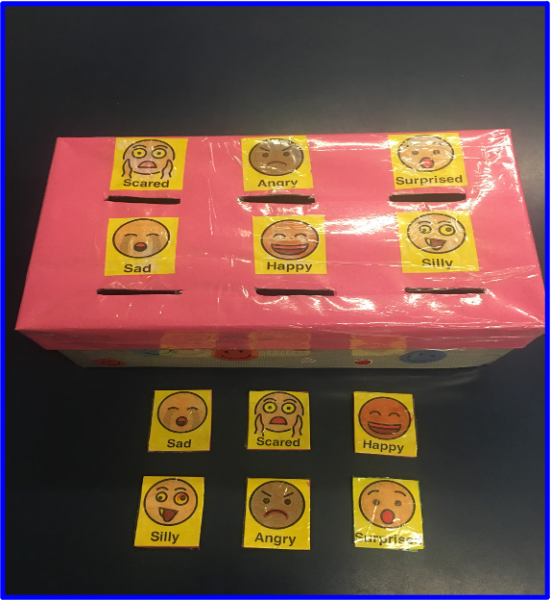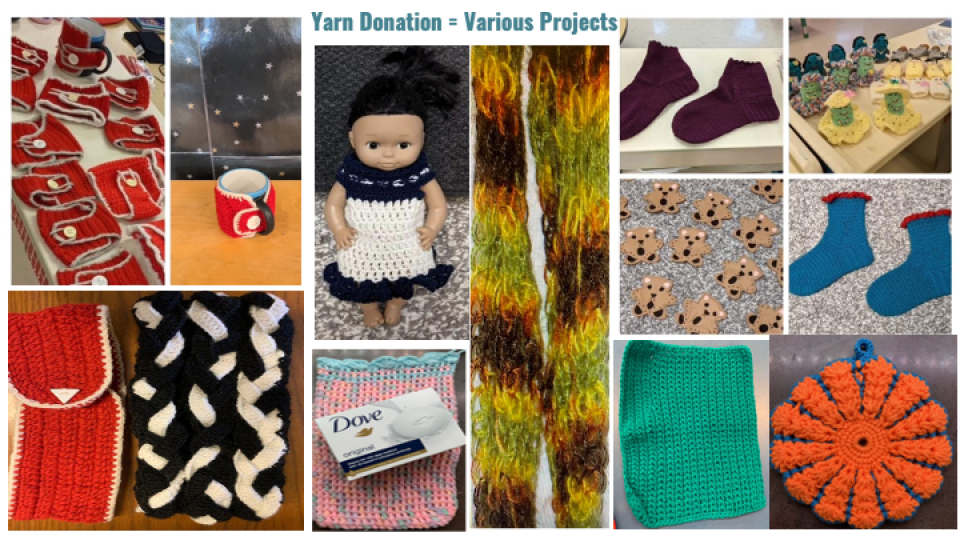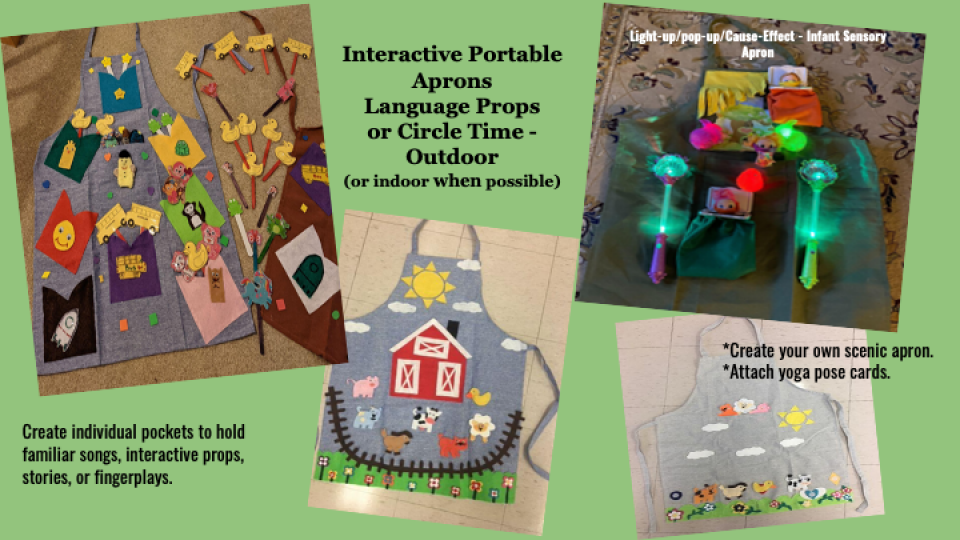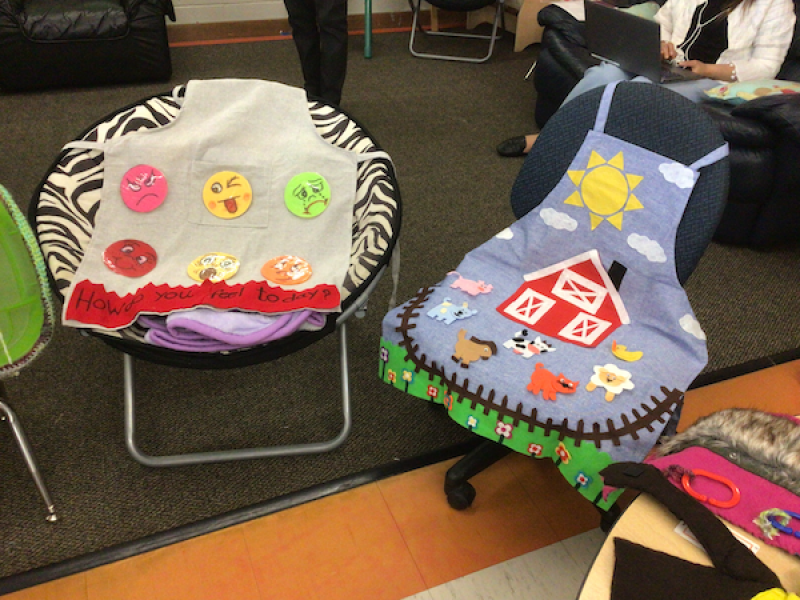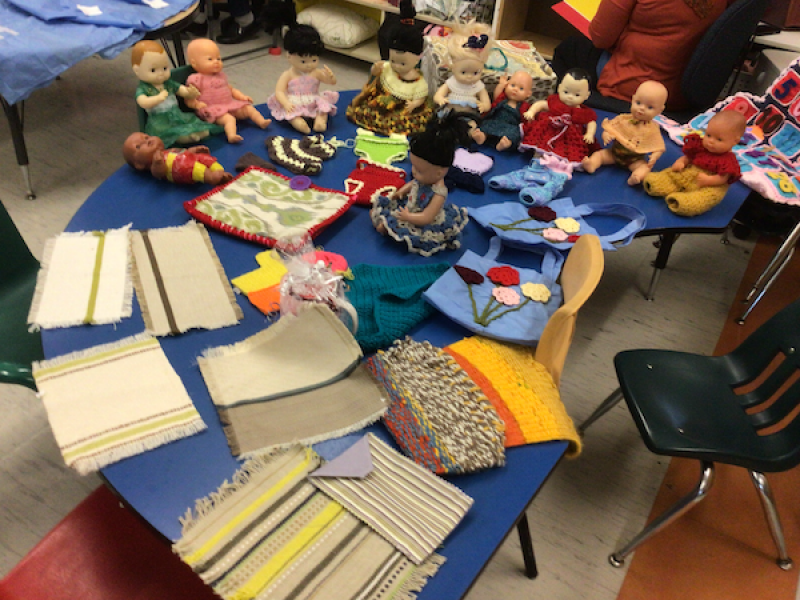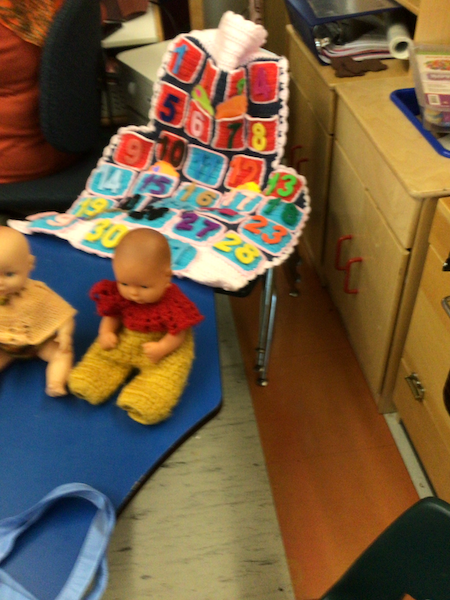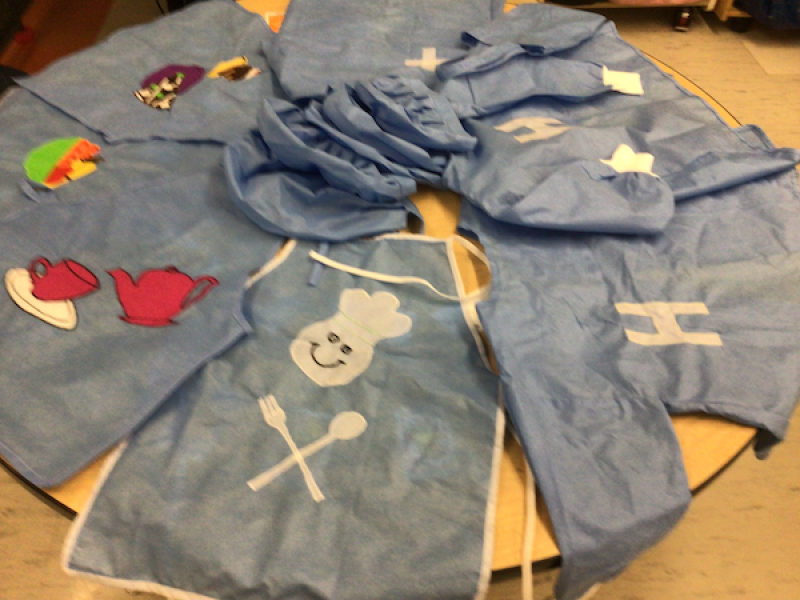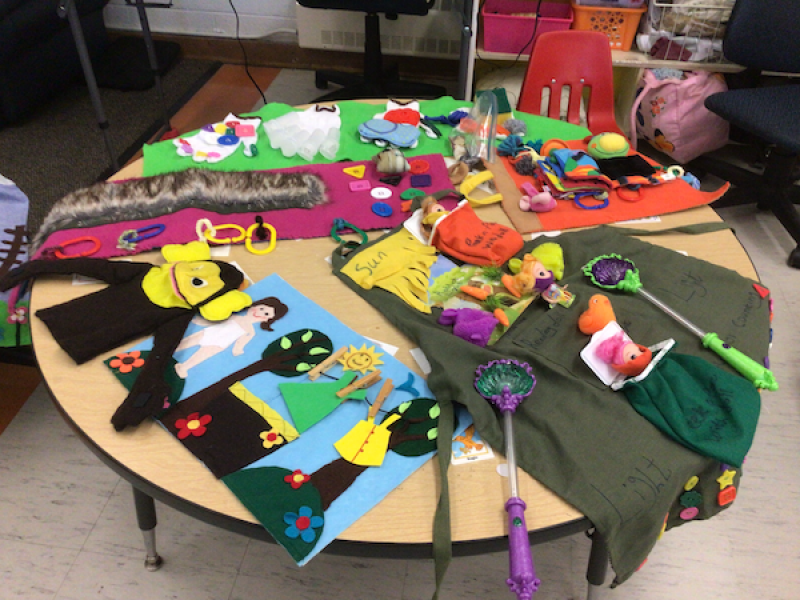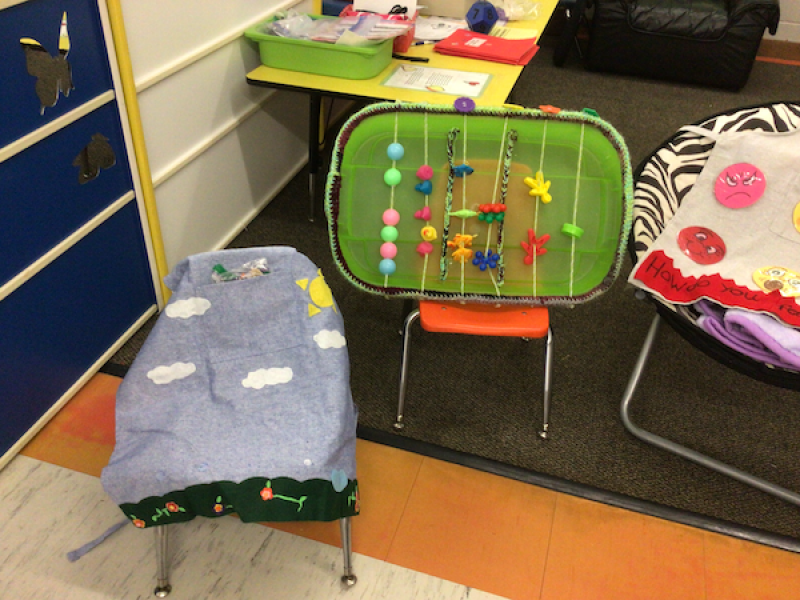With all the uncertainty, it can be difficult to find good in a pandemic. One CNC program took these challenges as an opportunity to focus on what they could control: learning and creativity.
Two years of intermittent closures and low program attendance make it hard to build momentum and maintain enthusiasm. The group of energetic caregivers at Ottawa-Carleton District School Board’s Bayshore site are used to giving 100 percent, so they found the situation particularly tough. After doing safety checks in the room, disinfecting equipment and toys, and engaging the handful of children, the staff still had time to spare.
“We are professionals and expect to work to our potential. Instead of exercising ways to keep busy but spending exorbitant time navigating ideas instead of implementing them, I decided to get more strategic. We decided to see what the program needed,” explains Anna Kyriakakis, Supervisor at Bayshore. “We utilized every minute of our extra time for staff development and creative projects we could otherwise never undertake during normal operating hours and conditions. This proved to be mentally healthy during COVID.”
A big concern was opening the program safely and securely. The ability to connect and stimulate the children after an absence from group care was also top of mind. Aware of the potential for emotional and cognitive delays, Anna immersed her team in trauma-informed care, brain theory research, and mental health. They received training through the City of Ottawa and Alberta Wellness Centre. In addition, they participated in many webinars, including CMAS Virtual Cafés.
“English is the second language for many staff. Navigating new technology like Zoom wasn’t easy. With so much learning happening over the two years, it was important to have a break between all the training. I wanted to see if they could challenge themselves to other things,” recalls Anna. “I thought, what next? What could best support the program and families, while ensuring we don’t harm staff mental health or safety?”
The “what next” turned out to be a series of creative projects that showcase the team’s resourcefulness. Inspiration came from everywhere. Even pandemic delivery boxes sparked inventiveness. Annoyed with the wasteful Amazon boxes piling up in her garage, Anna brought them to the program. The cardboard was re-purposed by her colleagues to make everything from car racetracks to carnival-style games. They even created mental health-inspired activities to help children communicate their emotions. And lamination allows for quick disinfection.
Anna encouraged out-of-the-box thinking and initiative. With fabric considered unhygienic at the start of the pandemic, they used wipeable, colourful duct tape to “dress” their baby dolls. Then, they fashioned clothes from doggie bags for simple cleaning. Once textiles could be re-introduced, a staff member mentioned that she loved to knit and offered to make clothes.
“We used to buy doll clothes that were often expensive and poorly made. These are so much nicer, and the children love the textures,” says Anna. We have never seen more play with the dolls in the dramatic area. It is beautiful to see the children so engaged—we even set up a bathing area for them to wash the clothes.”

With imagination in high gear but budgets tight, the team turned to the community for donations. Not only did the program find free yarn but Anna also sourced 20 fabric swatch books. Within two days, they had five different projects on the go, including placemats for snacks and dramatic areas. They even made personal pillows that they kept in cubbies, and blankets to help soothe the children.
The staff also looked to the community for ideas, as they went beyond making crafts for use within the room. They constantly asked themselves, “What could our families use?”. Practical designs included masks–and cases to hold them. And handmade scarves, ear warmers, and mug warmers brought families comfort in winter.
“The projects kept growing in number and creativity,” says Anna. “The most important thing was building connections with families and having them feel supported. So, whether it was mittens or head warmers, we tried to focus on what they were telling us.”
Another silver lining? Her team experienced greater wellness. Meaningful engagement with the community, their job, and professional development motivated them to emerge from the pandemic with the connections, skills, and resources to hit the ground running.
And to keep running with their creativity.
“The challenge brought out the best in them and helped support their mental health,” explains Anna. “In September, we plan to build on the momentum. We will move forward with more social-emotional learning, team building, and innovative projects to meet the needs of our program and the families we serve.”

